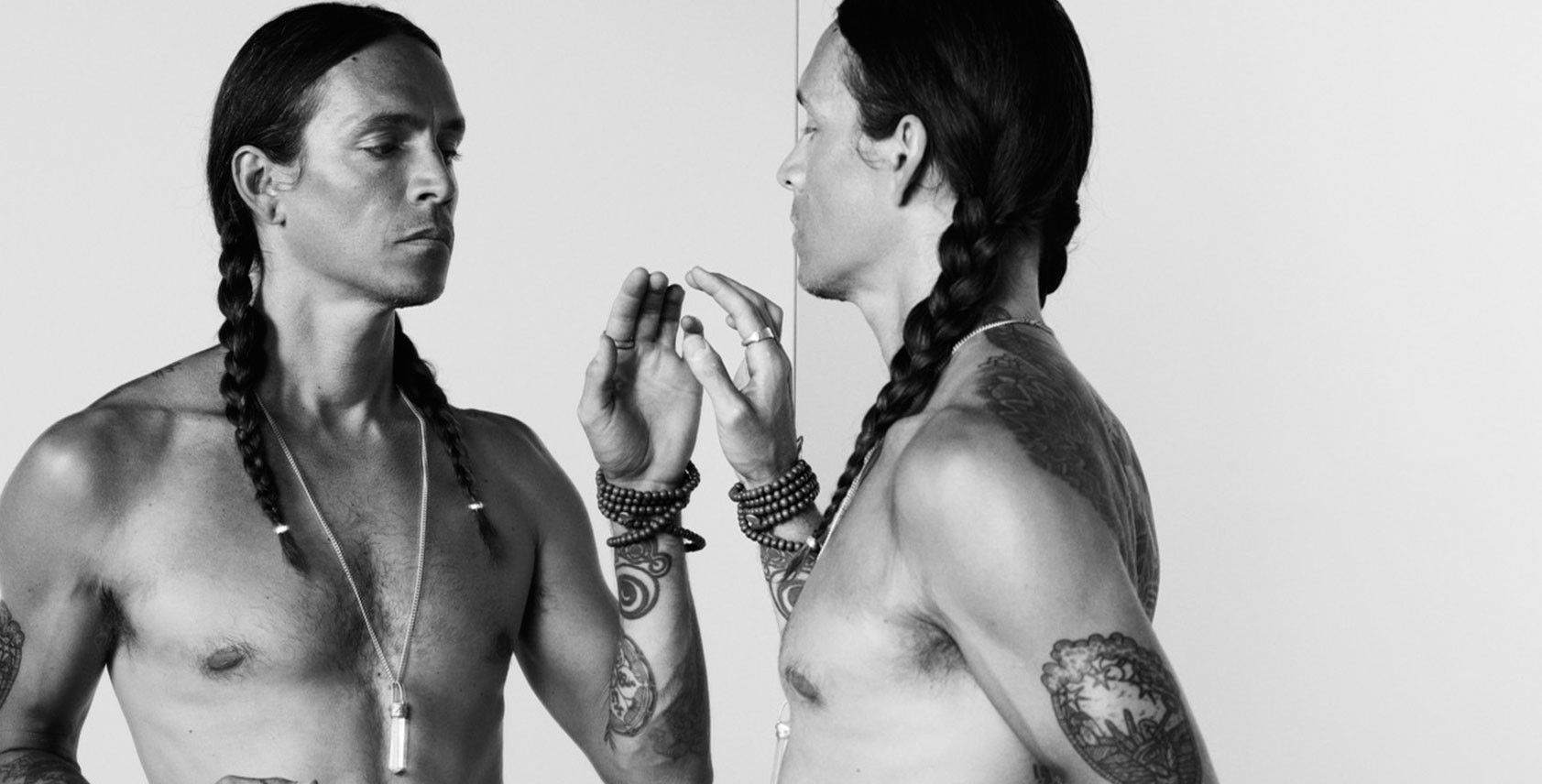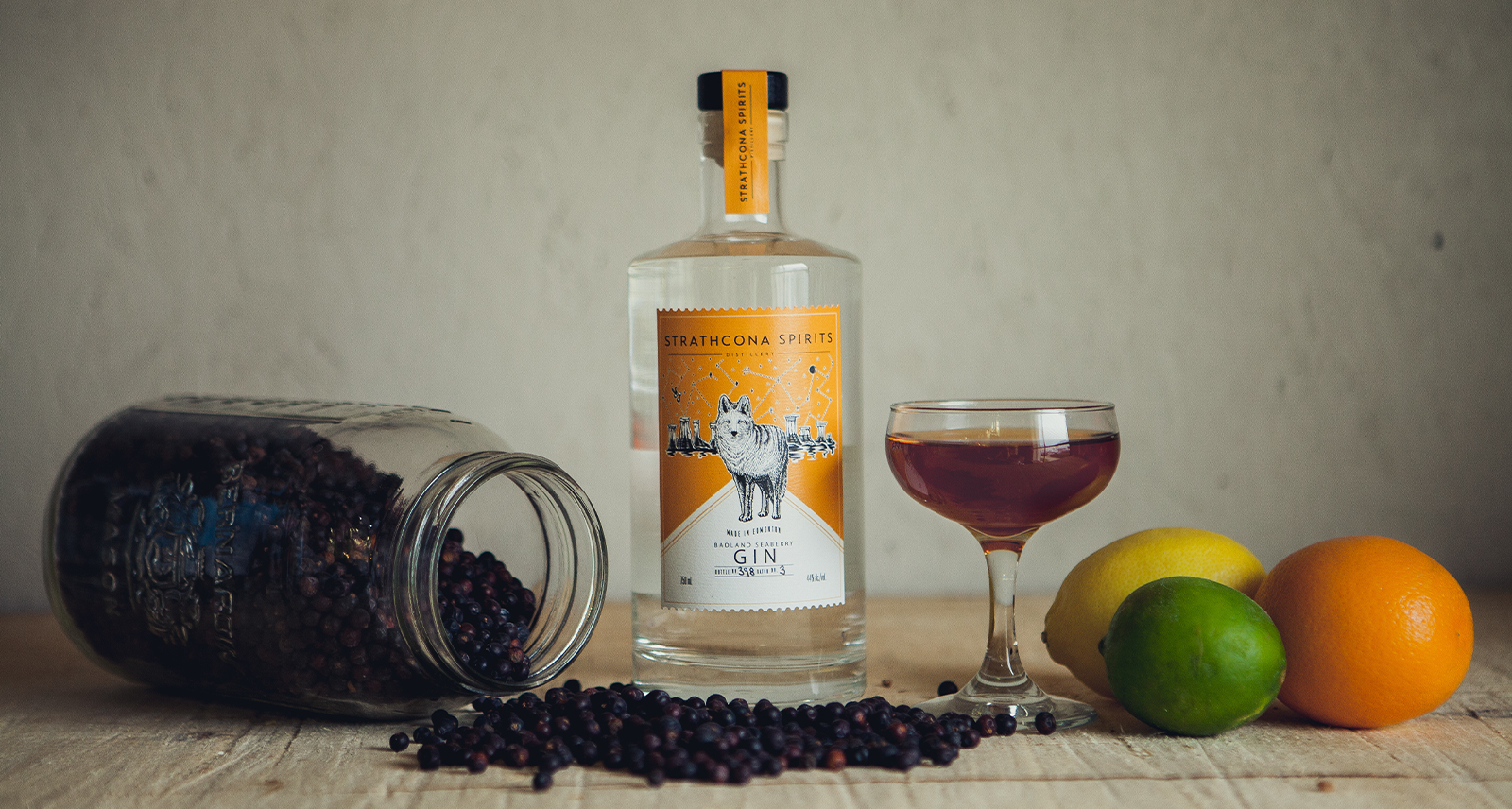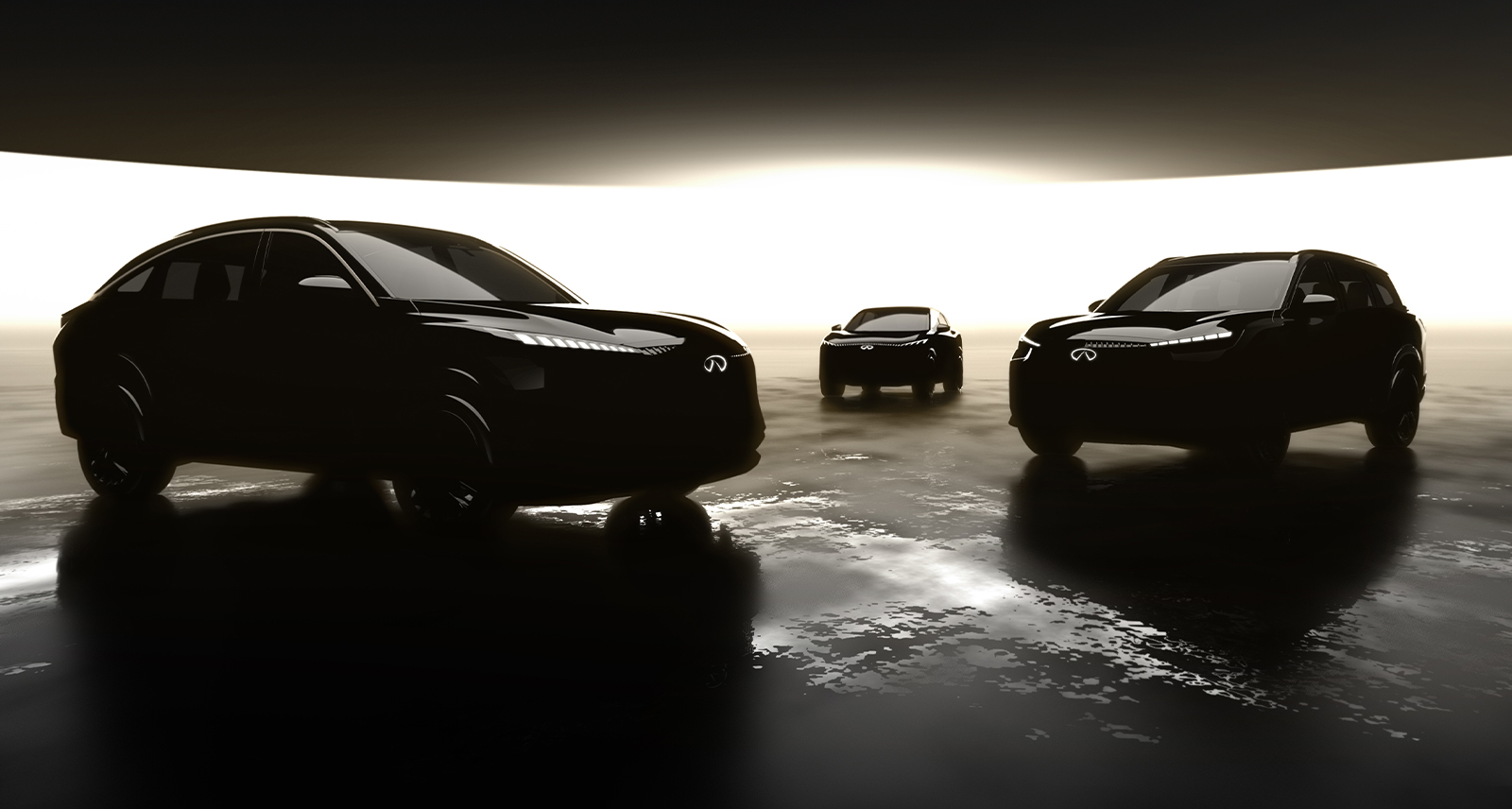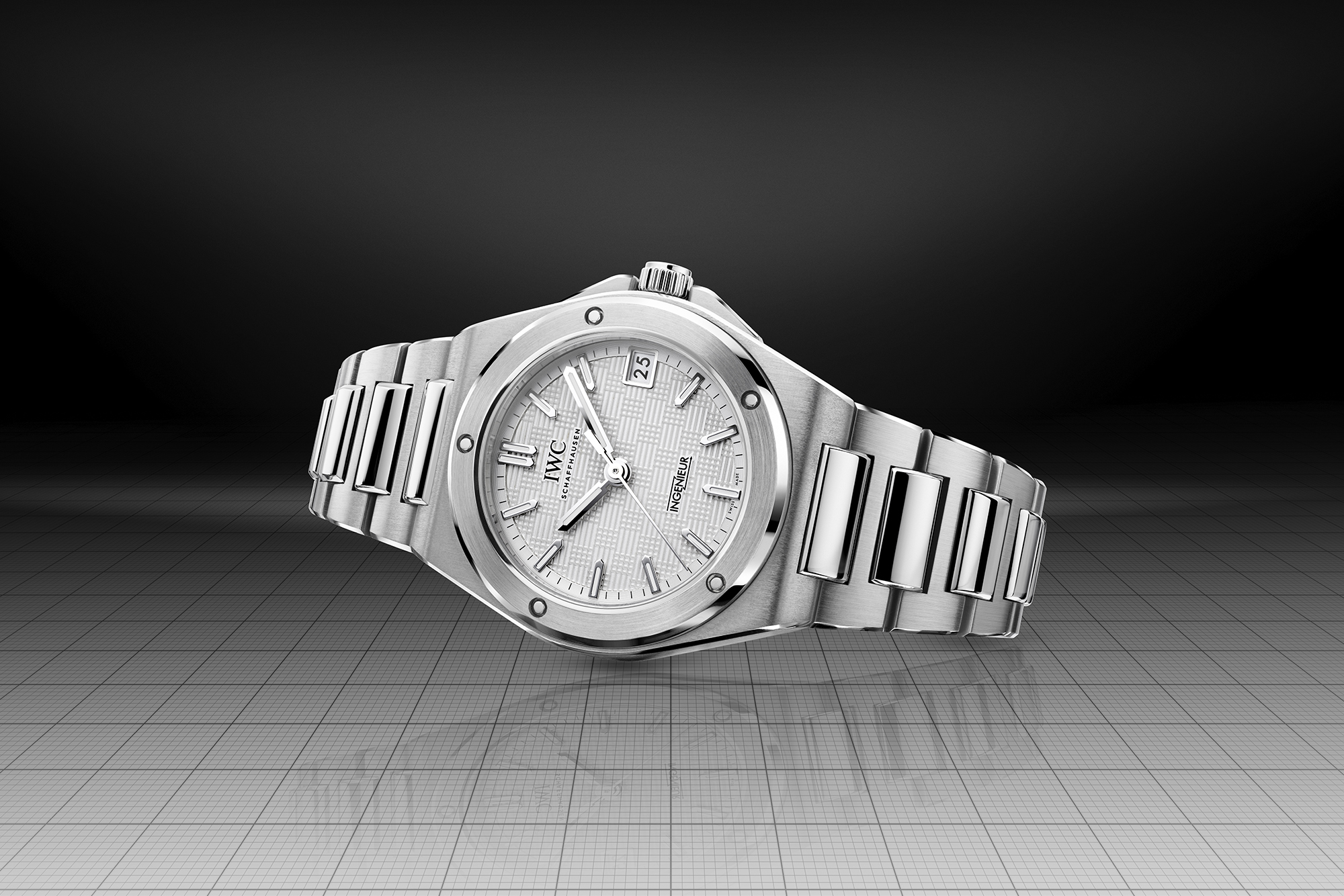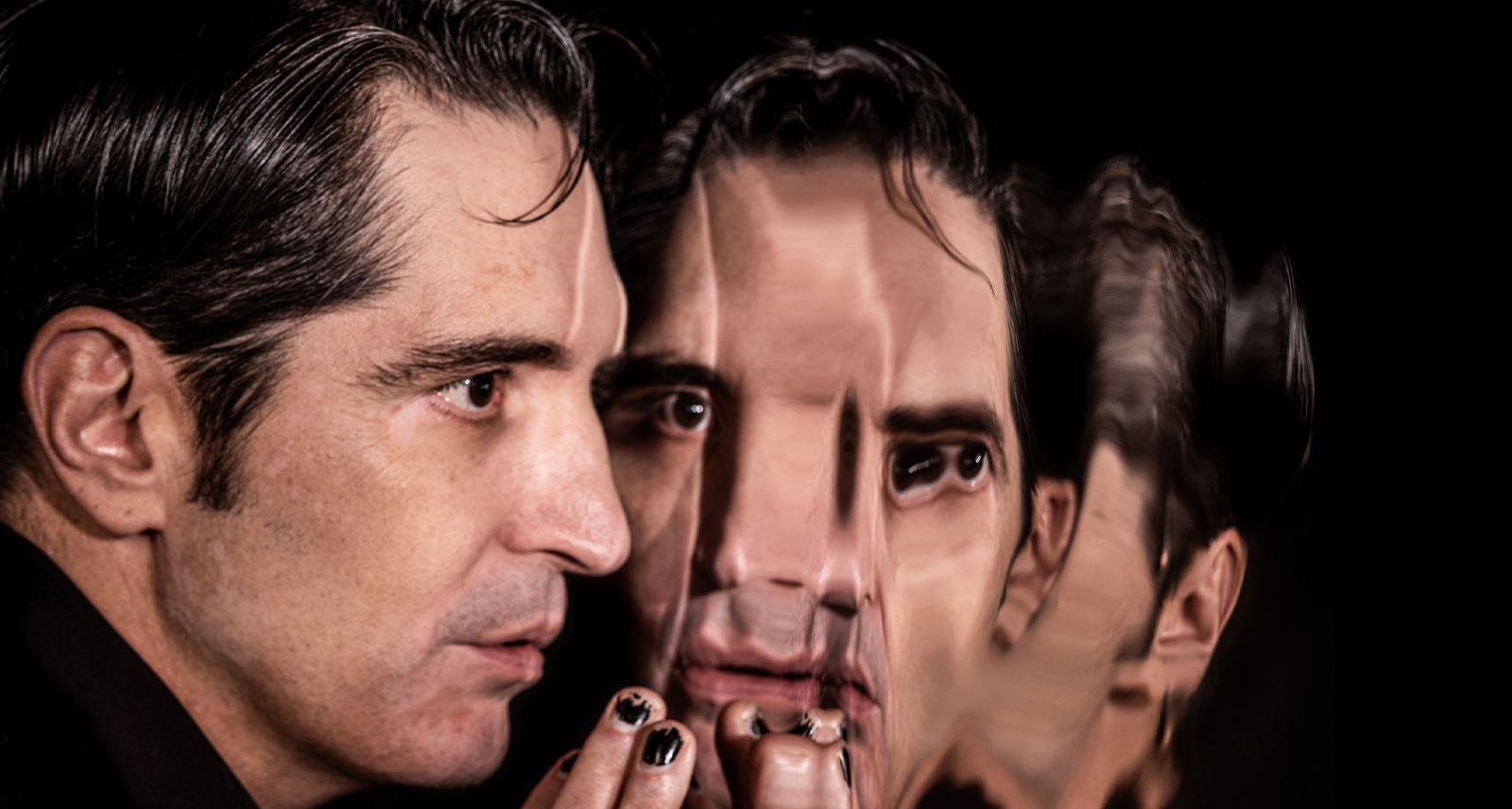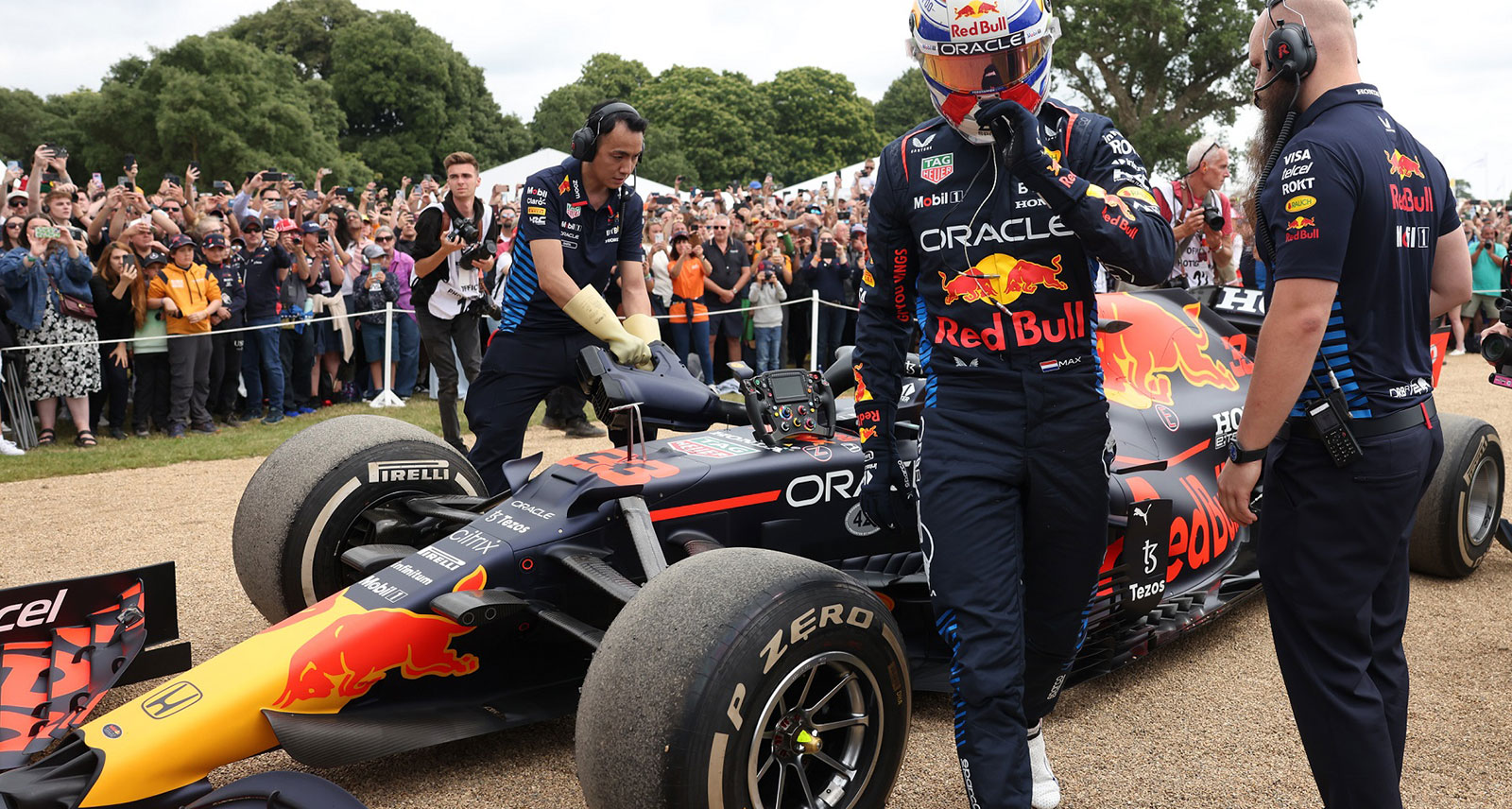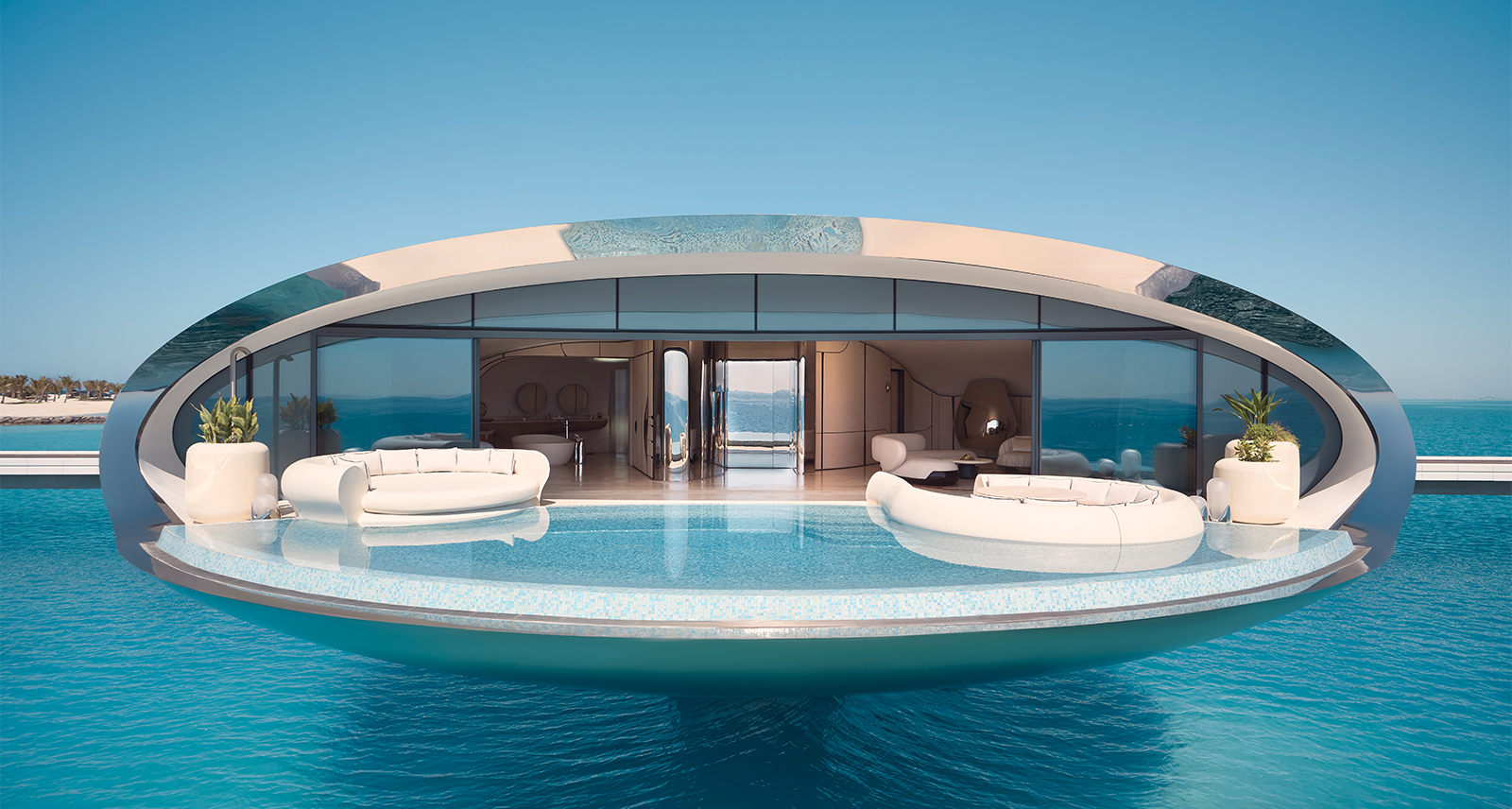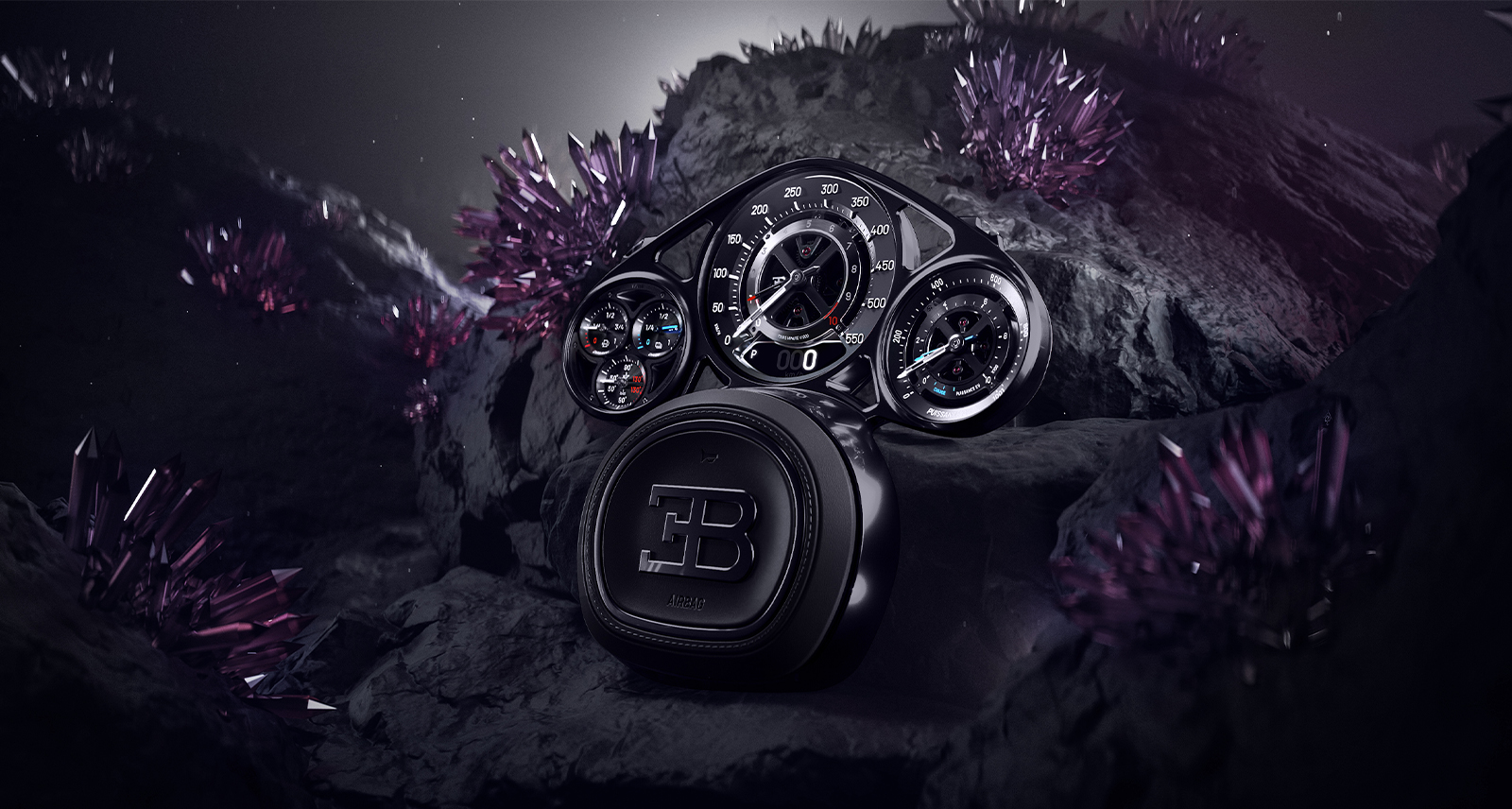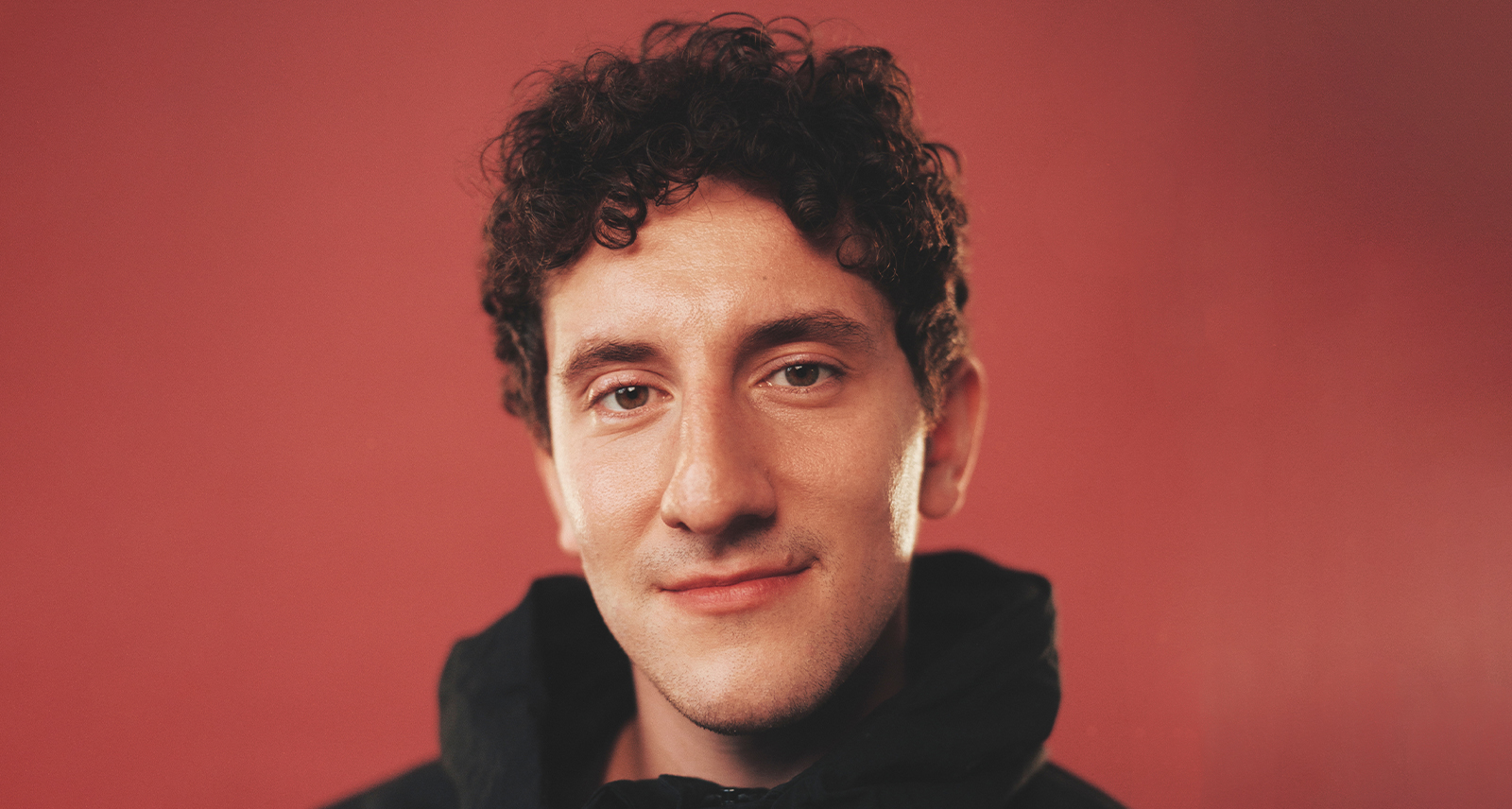Your Favourite Rock Stars Are Now Your Favourite Fashion Designers
There’s something disconcerting about watching the rock idol of your teens hawk his own jewelry line.
Surely, Brandon Boyd, lead singer of Incubus — the late ’90s neo-alt heroes from whom I learned that “What I’m looking for / Cannot be sold to me” — is aware of this hazard. And yet, here he is, unveiling his high-end collaboration with New York-based designer Ali Grace: a California-inspired unisex collection of heavy silver rings, lithe sandalwood bracelets, and luminous crystal pendants.
“A really hot button thing, especially in the ’90s, was this idea of selling out,” Boyd tells me. “For most people, it doesn’t matter anymore. It sort of fell away, almost as if it was the term-du-jour.”
Maybe that sounds like rock ’n’ roll sacrilege, or just the kind of justification you’d expect from The Man, but Boyd is not alone. Lately, the worlds of hard rock and high fashion are converging. Metallica donned slick tuxedoes to become the face of Brioni’s summer campaign; Marilyn Manson modelled Marc Jacobs’ fall collection; AC/DC let Gucci sequin their logo onto dresses at Milan Fashion Week; and for a recent ad Henry Rollins, Mr. Anti-Establishment himself, squeezed into a pair of Calvin Kleins.
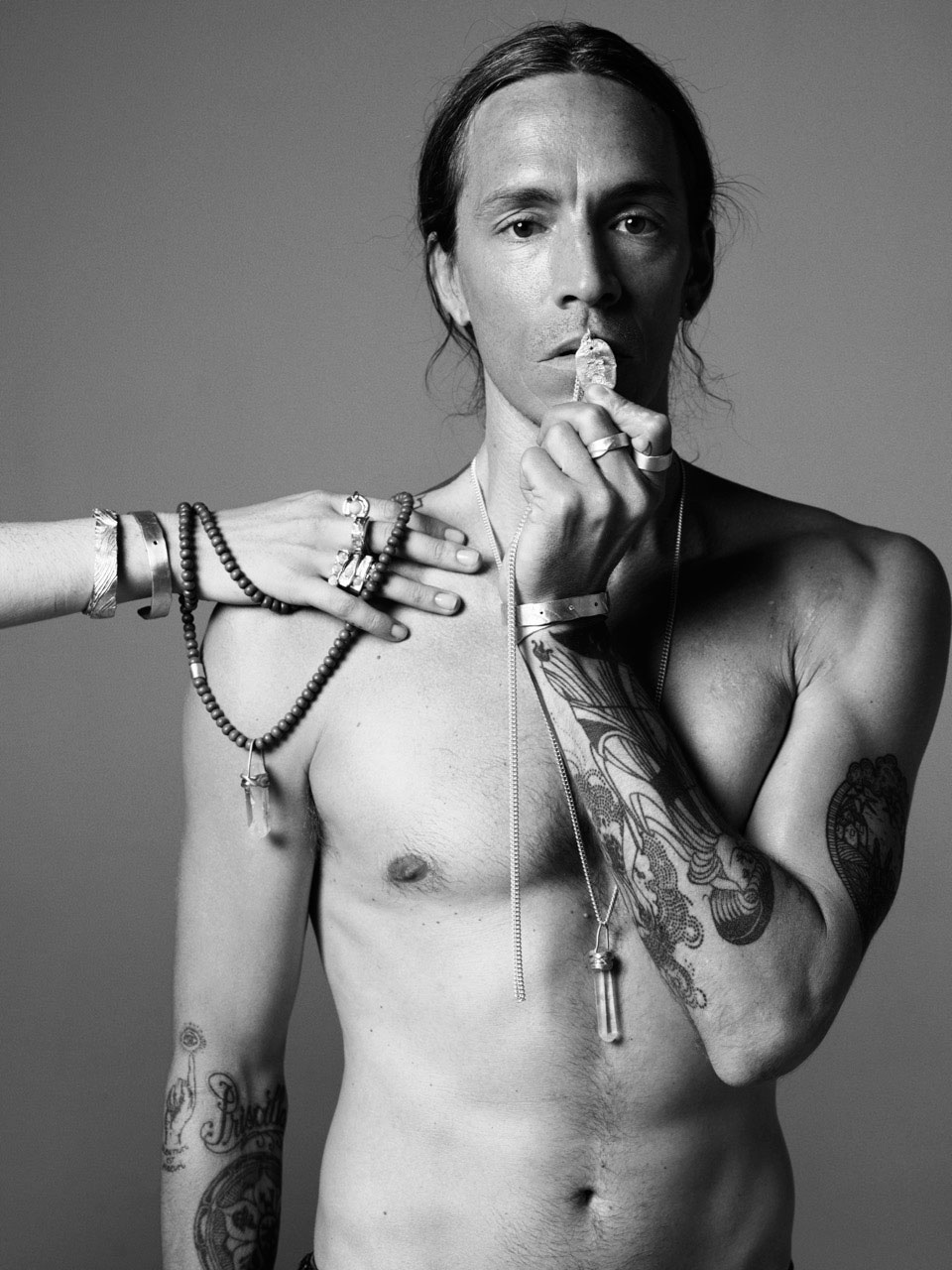
Twenty years ago, this would have been unforgivable. If you worked with a brand, you were, in Bill Hicks’ words, “another whore at the capitalist gang bang.” Kurt Cobain wore his thrift store grandpa cardigans in defiance of the fashion industry. It was a mentality rooted in late ’70s punk, born in opposition to a dominant culture that celebrated ostentatious materialism. Being “Authentic” meant being unconcerned with fashion. Only pop posers cared about image; rockers kept it real.
“These days, you have to be a lot more fluid with ideas to make a living,” Boyd reminds me. Amid a frugal music industry, an artist working with a brand isn’t considered the heresy it once was. So, if young, edgy creative directors (see: Brioni’s Justin O’Shea, who only lasted six months, but still) want to suit up the rebellious bands they grew up on, why say no? “Their fans are now the ones calling the shots,” Rollins famously ranted on his mid-2000s IFC show. “Pay them double. It’s about fucking time.”
Of course, there are ways to do this with a little more grace. You could treat fashion as, you know, a legitimate art form. “Fashion designers, there’s really no difference between them and a painter or musician,” says Boyd. “It’s just another medium. I think we’re all congealing into a larger world of creative expression.”
Sure, sometimes those collaborations congeal in the gross way. John Mayer’s own line of unisex jewelry (read: friendship bracelets), also released this year, makes a case for leaving attire to the experts. But, sometimes, it actually works. Liam Gallagher’s streetwear label, Pretty Green, is the polar opposite of himself: understated, tasteful, well respected. Boyd’s line, if you can look past the hippie undertones, carries a sleek, laid-back elegance. After all, most musicians, admittedly or not, have put some thought into visual aesthetics.
Besides, Kanye does fashion. And he’s apparently the greatest living rock star on the planet.

